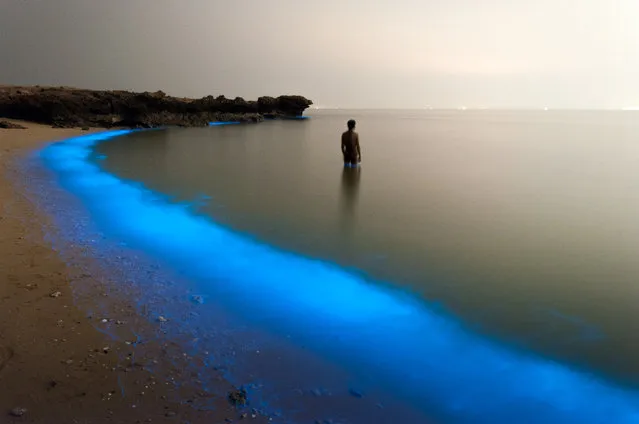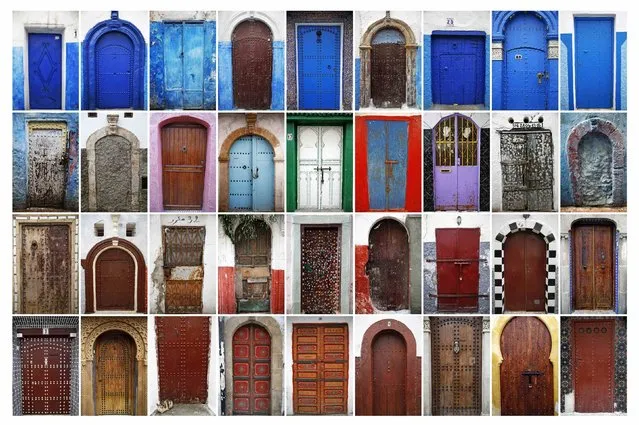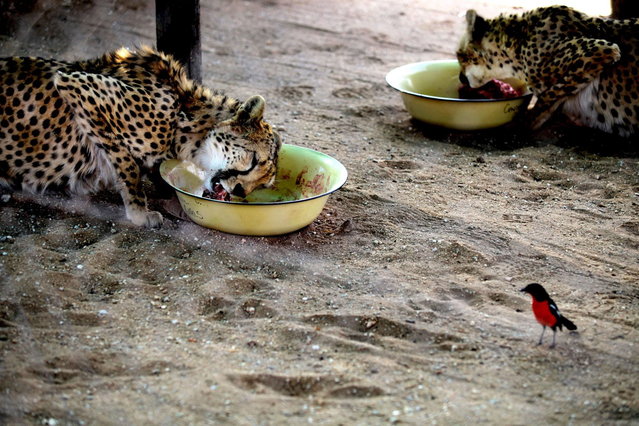
U.S. President Barack Obama speaks at the foot of the Edmund Pettus Bridge in Selma, Alabama March 7, 2015. With a nod to ongoing U.S. racial tension and attempts to limit voting rights, Obama declared the work of the Civil Rights Movement advanced but unfinished on Saturday on a visit to the Alabama bridge that spawned a landmark voting law. REUTERS/Tami Chappell (UNITED STATES - Tags: POLITICS ANNIVERSARY SOCIETY)
09 Mar 2015 13:51:00,post received
0 comments







